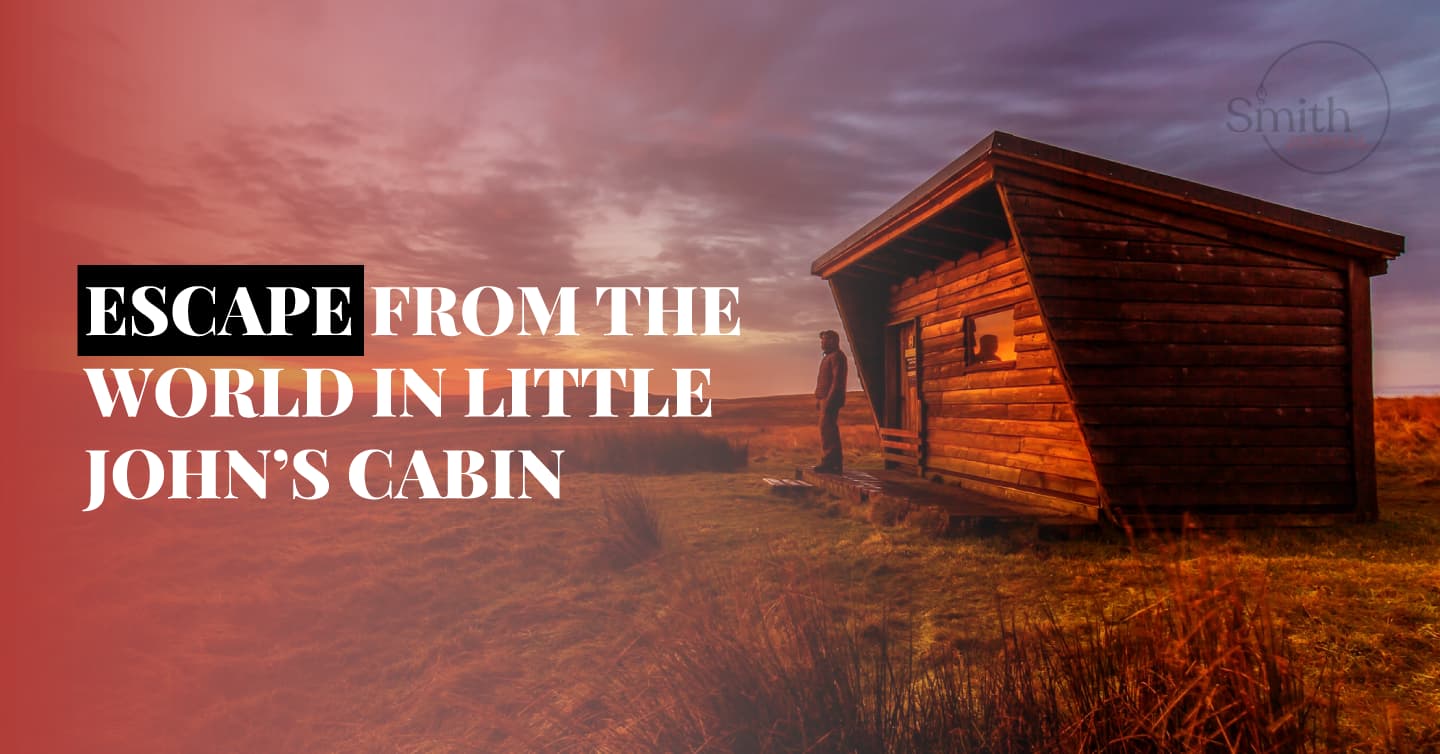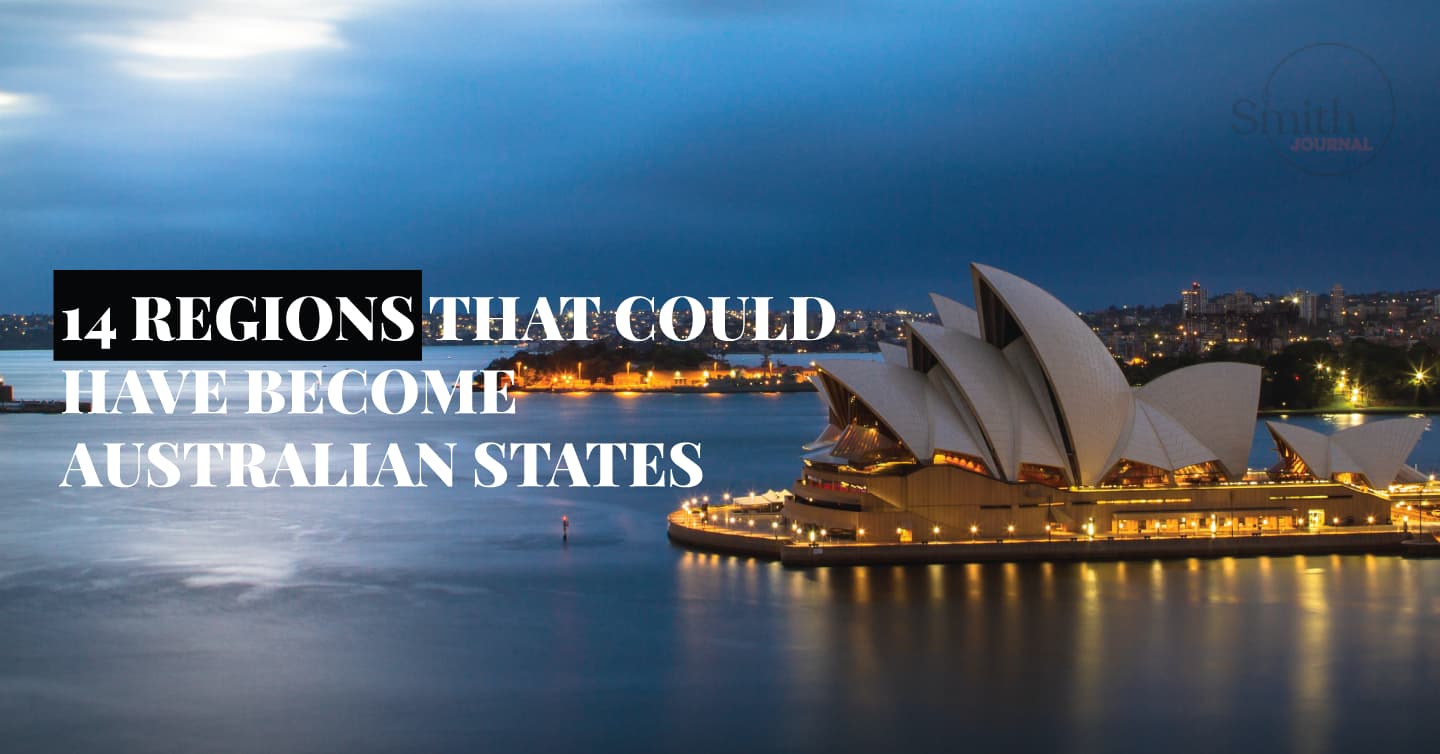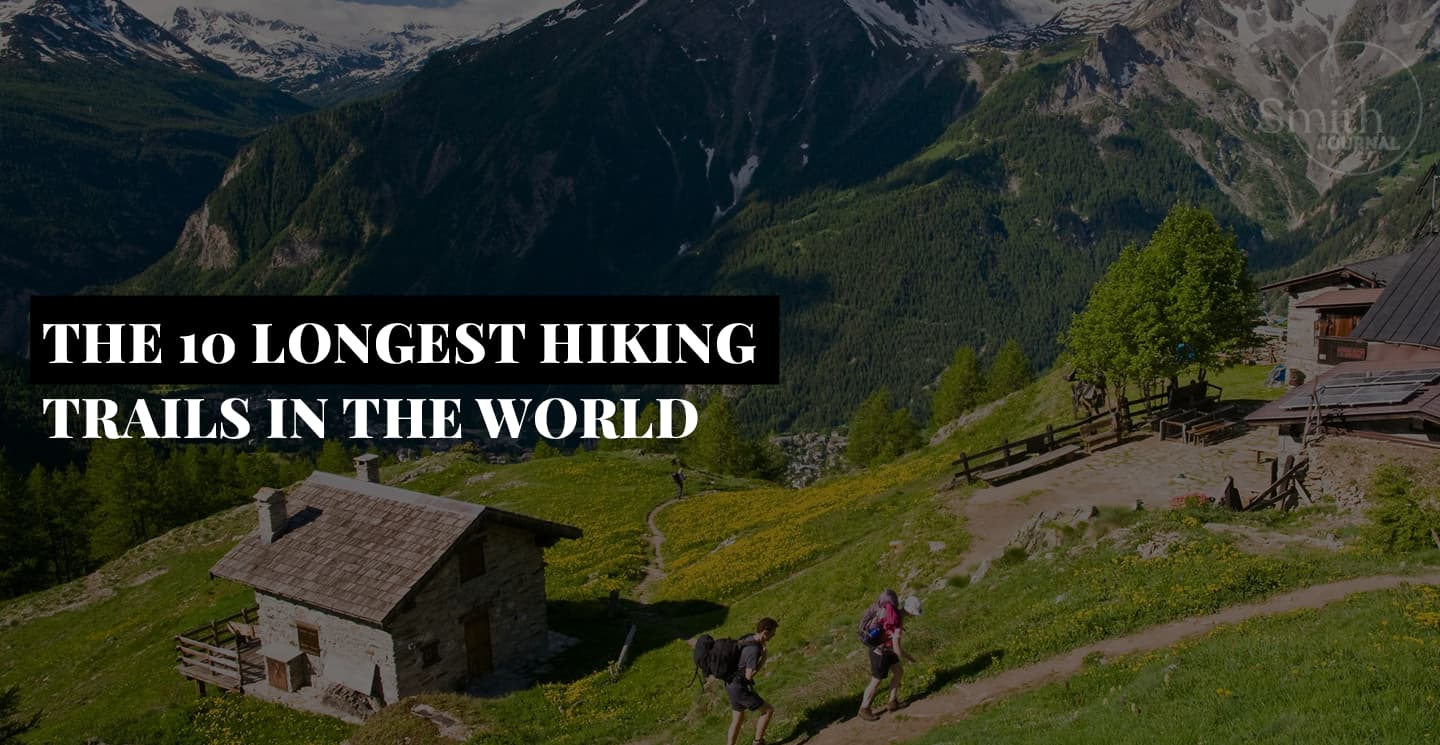Wonthaggi is a town in southern Victoria, Australia. It is located 5 miles (8 km) inland from the coast of Bass Strait. Explorer, William Hovell discovered the deposits of black coal in Cape Peterson nearby the town in 1826 – however most attempts at the time to mine there were not fruitful. The name ‘Wonthaggi’ comes from the Aboriginal term to ‘drag’ or ‘pull’. The area was founded in 1910 and made a borough and municipality a year later.
The aforementioned coal deposits ensured that Wonthaggi became more well known from the 1850s; however, the mining process didn’t start to any great extent until around 1909. This rapid change in development was due to the strike action in Newcastle Fields in New South Wales, which forced the Victorian Railroad firms to acquire coal through different means.
Given the technological advances, the contemporary trains in the area are now diesel-powered; giving limited use or purpose to the coal deposits in Wonthaggi. The town however remains to be a manufacturing hub for items including medical supplies and even blankets for the locality and nearby Bass Valley and Alvie dairy districts.
The town has refocused its offerings to potential visitors; taking advantage of its rich coal mining history as well as the numerous coastal attractions in Bunurong Marine Park, Surf Beach Road with its various rockpools and idyllic views from Cape Peterson.
Despite the size of the town, Wonthaggi has a multitude of facilities for the locality to participate in sporting activities. This sporting nature has led to the populace producing sports stars including Ian Harvey, Darren Berry, Jarryd Blair, and Trent West – who’ve enjoyed success in cricket and Australian rules football.
James Mollinson also hailed from Wonthaggi; and served in several cultural office positions including the Director of the National Gallery of Australia and later held the same position in the National Gallery of Victoria. The town still nods to his lineage with the opening of galleries including the Union Community Arts Centre and the Artspace.
Wonthaggi is well connected to Melbourne (65 miles [105 km] northwest) by the Bass Highway, it is closely linked to the growing resort of Cape Paterson. Pop. (2001) urban centre, 6,136; (2011) urban centre, 7,279.
Victoria
state, Australia
Summary
Victoria is the second most-populated state in Australia with over 6 million people living in the locality (yet the second smallest by area of land). Melbourne is by far the biggest city in the state but other notable dwellings include Geelong, Ballarat, and Bendigo. Other than the major city the state is home to notable attractions like the Great Ocean Road, Phillip Island, and the vineyards of Yarra Valley.
The state is geographically diverse with the south celebrating coasts meeting the Indian Ocean, the Tasman Sea, and the Bass Strait. The west and north of Victoria are rich with national parks; while the east is home to the Australian Alps including Mount Bogong. Notable events in the history of the state include the discovery of gold in Warrandyte in 1851, the opening of the Federal Parliament in 1901, and the opening of the Arts Centre in Melbourne in 1968.
Manufacturing and mining were predominant industries in the state, with energy resources harvested in the area as well as several major car companies including Ford and Toyota; both of which previously operated in Victoria.
However, with both of these dwindling; tourism has quickly evolved in the area. Melbourne is home to many attractions including the famous Melbourne Cricket Ground, the National Gallery of Victoria, and even dedicated tourist-centric areas like the Docklands, Southbank, and St Kilda. In addition, the wider state area is home to hotspots like the Yarra Valley, Mornington Peninsula, and over 2000 kilometers of coastline; which lends itself to many eye-pleasing beaches. The bathing boxes at Brighton have become infamous for their incredible vibrant colours lined up across the golden sands.
Phillip Island is a notable destination within Victoria’s jurisdiction. Despite the local population only equating to around 10,000 people; it was estimated in 2008 that 3.5 million people visit the island every year. This is in part due to the various capes and beaches offering picturesque and postcard views; however many come just for the penguins. Around 32,000 penguins live on and around the shores of Phillip Island and are seen every day walking the beach at sunset. This has become something of a cult scene with many visitors travelling here just to photograph this famous natural phenomena.
Victoria is a sporting state with a multitude of professional sports teams. Most notably the state is home to 10 of the 18 Australian Football League cubs; which are arguably the most successful and most supported teams in the division including the Carlton Blues, the Essendon Bombers, and the Collingwood Magpies.
The state’s sporting stature is further complemented by two professional Rugby clubs, three A-League teams (soccer), and of course the Melbourne Renegades and Melbourne Stars; with the latter calling the iconic Melbourne Cricket Ground home. This dedication to sports has been rewarded with the appointment of Victoria to host the 2026 Commonwealth Games.




